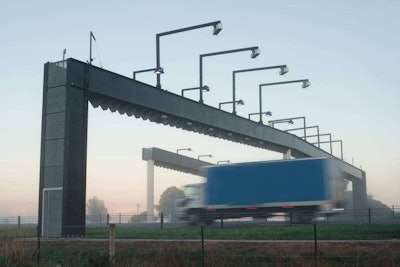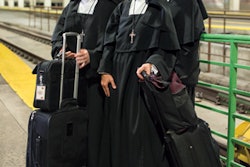
With reauthorization less than a year away, it’s time for lawmakers to begin considering funding options that will bring in revenue for the nation’s deteriorating transportation infrastructure.
Though talk of increasing the gas tax recently spiked (Former Transportation Secretary Ray LaHood and Chamber of Commerce President Thomas Donohue both suggested this month raising federal fuel taxes), it’s not likely to happen since about 66 percent of Americans would reject a higher gas tax.
The 18.4-cent-per-gallon gas tax, which has remained unchanged for 16 years, is currently the main source of transportation revenue in the U.S., but it does not provide enough money to fund all necessary transportation projects.
However, more than 43 percent of Americans would prefer to pay higher tolls to fund roads and infrastructure rather than pay other fees such as a higher sales tax or transportation fares.
And according to a report from the International Bridge, Tunnel and Turnpike Association (IBTTA), tolling is a viable solution to America’s transportation funding dilemma. The U.S already has 5,431 miles of toll roads in 35 states and territories.
The report notes that one of the biggest problems that arises when talking about funding infrastructure will toll revenues is that “federal law prohibits states from using tolls to rebuild existing lanes of interstate highways.”
IBTTA busts five myths that it says “are making it tougher for tolling to help fill our nation’s infrastructure funding gap.”
-
1. Our highways are already paid for. Agencies did pay for the infrastructure to be built, but that isn’t enough. Highways and bridges need regular maintenance work and will eventually need to be replaced (most bridges have a lifespan of about 50 years). Taxes, tolls and other fees are needed to pay for the upkeep and replacement of transportation infrastructure.
-
2. Tolling is a double taxation. Tolls are not taxes; they are user fees. Tolls allow drivers to pay for the roads they choose to use. A double payment is likely because drivers who use toll roads also pay a gas tax (paid at the pump), which pays for non-toll roads that everyone uses.
-
3. Tolling causes delays and congestion. This myth comes from the idea that drivers must stop to pay a toll, which once was the case. Now, however, many tolls are collected electronically, saving drivers time and money.
-
4. Tolling technology violates driver privacy. Though toll facilities collect data on the vehicles that pass through, that data is only used to assess the type of vehicle and distance traveled. The data is retained long enough to ensure a payment is made.
-
5. It costs too much to collect tolls. Toll collection costs for some all-electronic tolling (AET) facilities can range from 5 percent to 8 percent — about the same as the cost to collect fuel taxes. Plus, a 2012 Reason Foundation study showed that the cost to collect tolls in a mature AET system could be cheaper than collecting gas taxes.
- .
As Congressman Nick Rahall (D-WV) said at a fly-in in Washington, D.C., in June, “….all [funding] options should be on the table.” That includes tolling.









